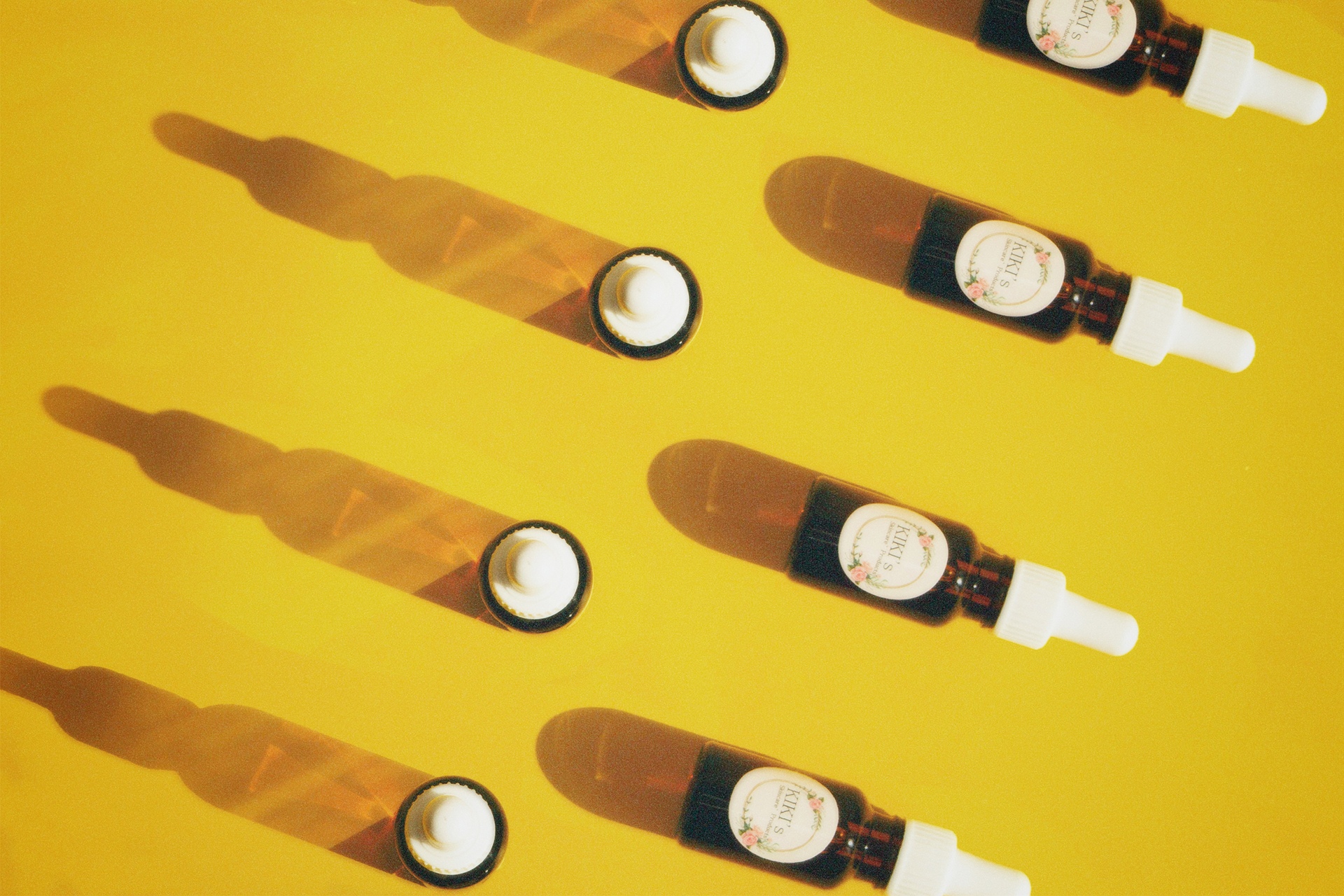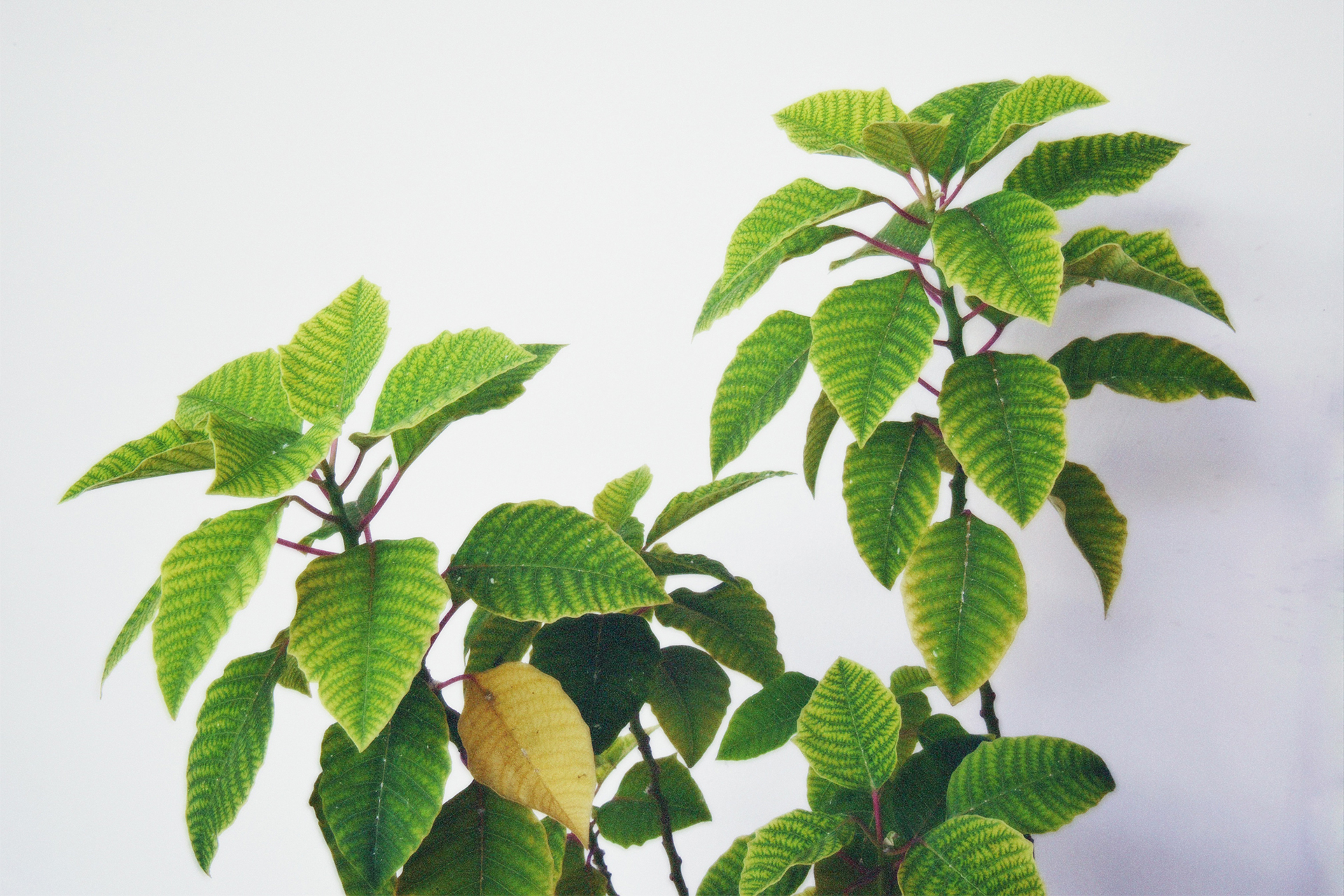Age spots and hyperpigmentation can be frustrating and challenging to deal with. These skin issues, often caused by sun exposure, aging, hormonal changes, and inflammation, can affect your confidence and make your complexion look uneven. Fortunately, there are effective strategies and products that can help fade these dark spots and restore your skin’s natural radiance. In this comprehensive guide, we’ll explore the best methods for treating age spots and hyperpigmentation, providing you with the tools and knowledge to achieve clearer, more even-toned skin.
Understanding Age Spots and Hyperpigmentation
What Are Age Spots and Hyperpigmentation?
Age Spots: Also known as liver spots or solar lentigines, age spots are flat, brown, or black spots that appear on areas of the skin exposed to the sun, such as the face, hands, shoulders, and arms. They are more common in individuals over 50, but younger people can also develop them with excessive sun exposure.
Hyperpigmentation: This term refers to darkened patches or spots on the skin caused by an overproduction of melanin. It can result from various factors, including sun exposure, inflammation, hormonal changes, and skin injuries.
Causes of Age Spots and Hyperpigmentation
- Sun Exposure: Ultraviolet (UV) rays from the sun trigger melanin production, leading to dark spots.
- Hormonal Changes: Pregnancy, birth control pills, and hormonal therapy can cause melasma, a type of hyperpigmentation.
- Inflammation: Acne, eczema, and other skin injuries can lead to post-inflammatory hyperpigmentation (PIH).
- Aging: As skin ages, it produces more melanin, resulting in age spots.
- Genetics: Family history can play a role in the development of hyperpigmentation.
Effective Treatments for Fading Age Spots and Hyperpigmentation
1. Topical Treatments
a. Vitamin C
Vitamin C is a powerful antioxidant that helps to brighten the skin and fade dark spots by inhibiting melanin production. Look for serums with a stable form of vitamin C, such as ascorbic acid or sodium ascorbyl phosphate.
How to Use: Apply a few drops of vitamin C serum to your face in the morning after cleansing and before moisturizing and sunscreen.
b. Retinoids
Retinoids, derived from vitamin A, accelerate cell turnover and promote the shedding of pigmented cells. They are effective for both age spots and hyperpigmentation.
How to Use: Use retinoid products, such as retinol or prescription-strength tretinoin, in your nighttime routine. Start with a lower concentration to minimize irritation and gradually increase.
c. Hydroquinone
Hydroquinone is a skin-lightening agent that reduces the appearance of dark spots by inhibiting melanin production. It’s available in over-the-counter and prescription formulations.
How to Use: Apply hydroquinone cream to affected areas once or twice daily. Use it for a few months and then take a break to prevent skin irritation.
d. Alpha Hydroxy Acids (AHAs) and Beta Hydroxy Acids (BHAs)
AHAs, like glycolic acid, and BHAs, like salicylic acid, exfoliate the skin, promoting the removal of pigmented cells and revealing brighter skin underneath.
How to Use: Incorporate AHA or BHA products into your routine a few times a week, gradually increasing frequency as your skin builds tolerance.
e. Niacinamide
Niacinamide (vitamin B3) is known for its anti-inflammatory properties and ability to reduce pigmentation by inhibiting melanin transfer to skin cells.
How to Use: Apply niacinamide serum after cleansing and before moisturizing, both morning and night.
2. Professional Treatments
a. Chemical Peels
Chemical peels involve applying a solution to the skin that exfoliates the top layers, helping to fade dark spots. Peels can vary in strength, from superficial to deep.
Procedure: A dermatologist applies the chemical solution, and the skin peels over several days to reveal fresher, less pigmented skin.
b. Laser Therapy
Laser treatments target melanin in the skin, breaking down pigment and promoting new, evenly-toned skin. Types of lasers used include fractional lasers and intense pulsed light (IPL).
Procedure: A series of treatments spaced a few weeks apart can significantly reduce hyperpigmentation.
c. Microdermabrasion
Microdermabrasion uses a machine to exfoliate the skin’s surface, helping to fade age spots and hyperpigmentation.
Procedure: The treatment involves a device with a diamond tip or fine crystals that abrades the skin, followed by suction to remove exfoliated skin cells.
3. Natural Remedies
a. Aloe Vera
Aloe vera contains aloin, a natural depigmenting compound that helps to lighten dark spots.
How to Use: Apply pure aloe vera gel to affected areas and leave it on overnight. Rinse off in the morning.
b. Lemon Juice
Lemon juice is rich in vitamin C and citric acid, which can help lighten dark spots over time.
How to Use: Apply freshly squeezed lemon juice to dark spots with a cotton ball. Leave it on for 10-15 minutes and rinse off. Use it sparingly as it can be drying and irritating.
c. Green Tea Extract
Green tea extract has anti-inflammatory and antioxidant properties that can help reduce pigmentation.
How to Use: Apply green tea extract to the skin or use products containing green tea.
d. Turmeric
Turmeric contains curcumin, which has anti-inflammatory and skin-lightening properties.
How to Use: Make a paste with turmeric powder and water, apply it to dark spots, and leave it on for 15-20 minutes before rinsing off.
4. Preventive Measures
a. Sun Protection
Sun protection is crucial in preventing and treating age spots and hyperpigmentation. UV rays can worsen existing spots and cause new ones to form.
- Use Sunscreen: Apply a broad-spectrum sunscreen with at least SPF 30 daily, even on cloudy days. Reapply every two hours if you’re outside.
- Wear Protective Clothing: Use hats, sunglasses, and long-sleeved clothing to shield your skin from the sun.
- Seek Shade: Avoid the sun during peak hours, typically between 10 a.m. and 4 p.m.
b. Healthy Skincare Routine
Maintaining a consistent and gentle skincare routine can help prevent the development of dark spots.
- Cleanse: Use a gentle cleanser to remove impurities without stripping your skin’s natural oils.
- Moisturize: Keep your skin hydrated with a suitable moisturizer for your skin type.
- Avoid Harsh Products: Steer clear of products that can irritate your skin, such as harsh exfoliants and alcohol-based toners.
How to Use Products for Best Results
Layering Skincare Products
Layering your skincare products correctly ensures maximum effectiveness and minimizes the risk of irritation.
- Cleanser: Start with a gentle cleanser to remove dirt and makeup.
- Toner: Apply a hydrating toner to prep your skin.
- Serums: Use serums targeted for hyperpigmentation, such as vitamin C in the morning and retinoids at night.
- Moisturizer: Seal in hydration with a moisturizer suited to your skin type.
- Sunscreen: Apply sunscreen as the final step in your morning routine.
Patch Testing New Products
Before incorporating new products into your routine, it’s essential to patch test them to ensure they don’t cause irritation or allergic reactions.
How to Patch Test:
- Apply a small amount of the product to a discreet area, such as the inside of your wrist or behind your ear.
- Wait 24-48 hours to see if any adverse reactions occur.
- If there’s no irritation, it’s likely safe to use on your face.
Lifestyle Tips to Support Clear Skin
Diet and Hydration
- Eat a Balanced Diet: Consume foods rich in antioxidants, vitamins, and minerals, such as fruits, vegetables, nuts, and seeds.
- Stay Hydrated: Drink plenty of water to keep your skin hydrated and support overall health.
Stress Management
Stress can exacerbate skin issues, including hyperpigmentation. Practice stress-reducing techniques such as yoga, meditation, and deep breathing exercises.
Quality Sleep
Ensure you get 7-9 hours of quality sleep each night to allow your skin to repair and regenerate.
Conclusion
Fading age spots and hyperpigmentation requires a combination of effective skincare products, professional treatments, and preventive measures. By understanding the causes and using the right treatments, you can achieve a clearer, more even-toned complexion. Incorporate these tips into your skincare routine, and remember to be patient and consistent, as fading dark spots takes time. With dedication and the right approach, you can enjoy healthier, more radiant skin.



